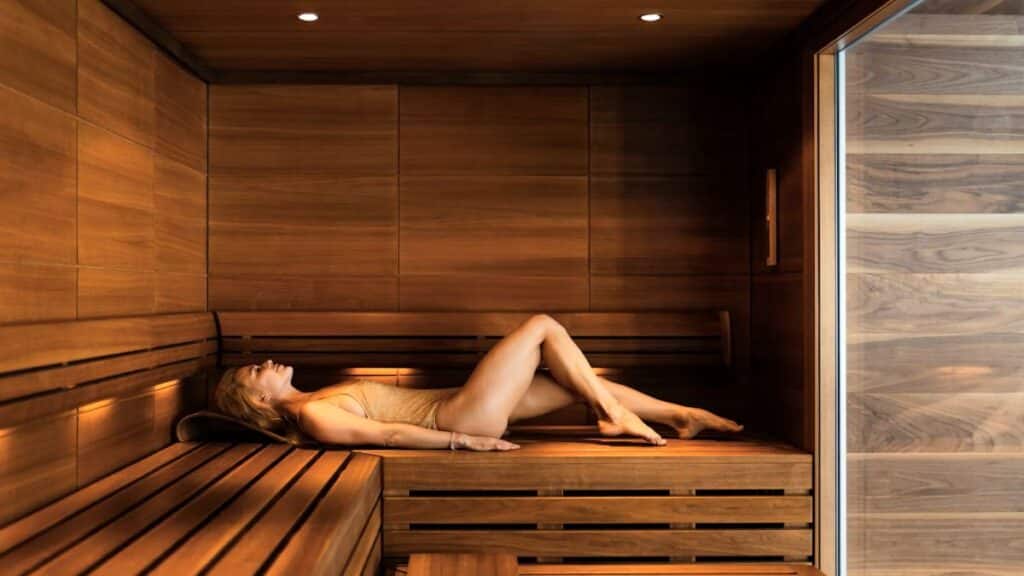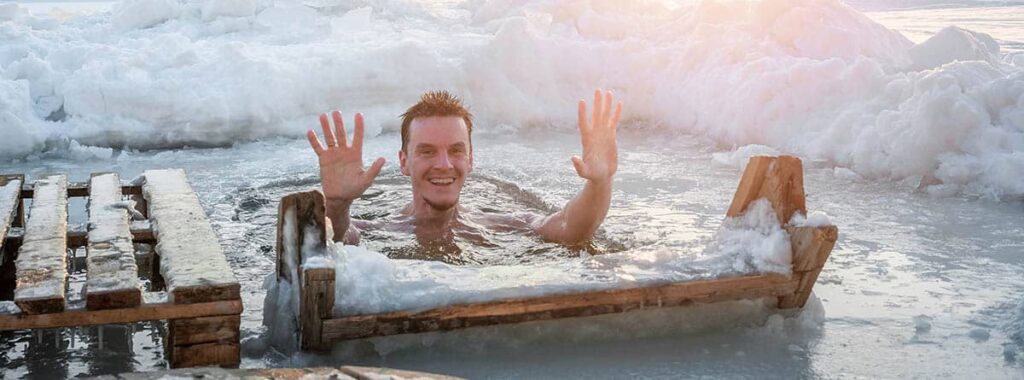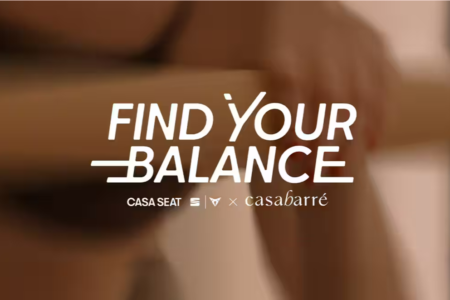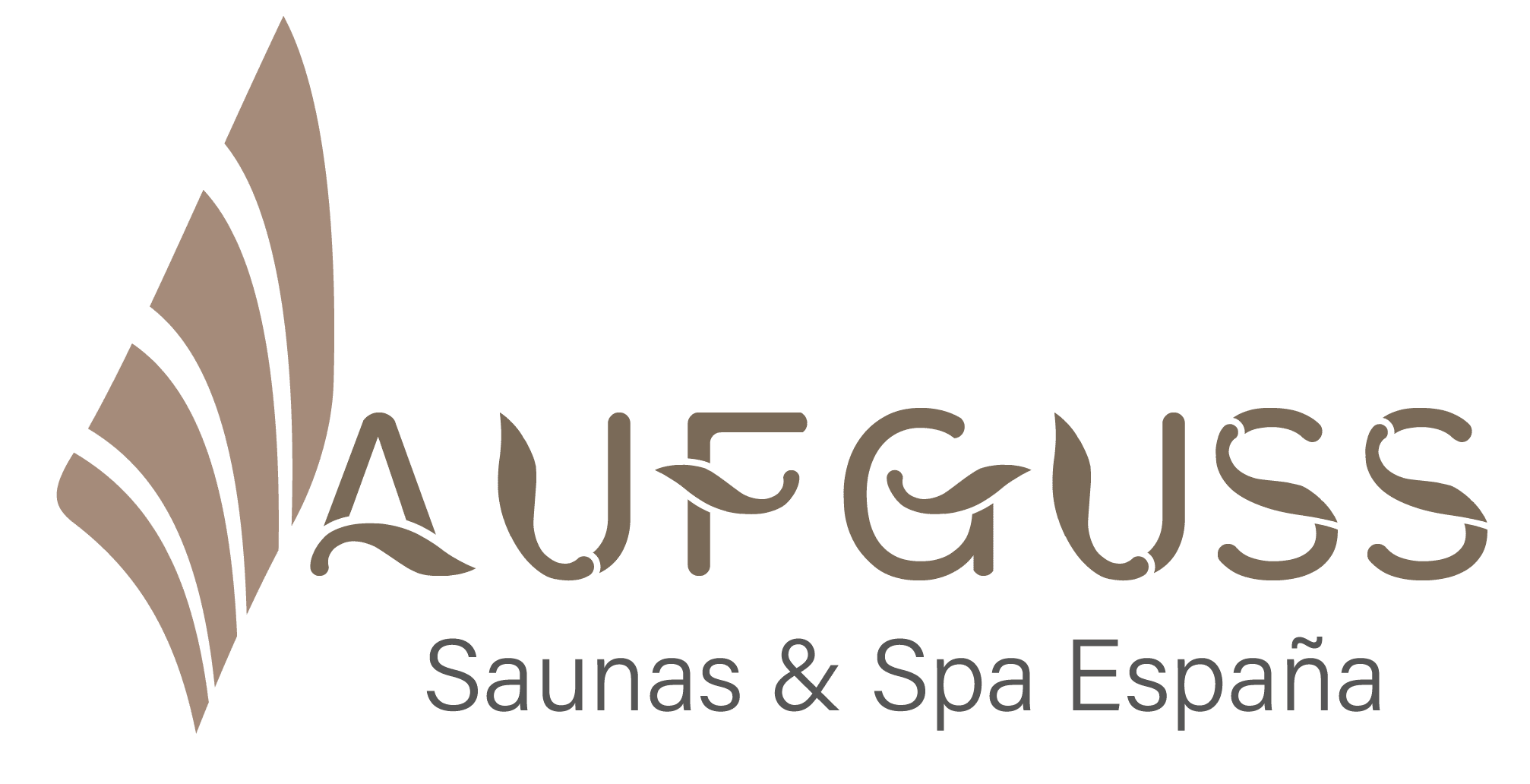Ice baths and saunas have gone from being Nordic rituals or protocols for elite athletes to become aspirational wellness routines. Today they are found in gyms, longevity centres and urban spas, and are even sold as practices to "strengthen the mind" or "activate the metabolism".
But what's behind the hype, are they really as effective as claimed, and what's the difference between heat and cold when it comes to recovery, health and longevity?
No one wants to be subjected to ice-cold water. Many do it because it is fashionable or because it is said to "strengthen the body and mind". But does the benefit really outweigh the suffering?
When a person enters water at 10 °C, the body undergoes a thermal shockThe pulse quickens, the vessels contract, adrenalin increases. It is a hormone stress (a brief stimulus that seeks to strengthen adaptation), but not all stress is therapeutic.
The benefits are real but modest: temporary relief of muscle soreness and a feeling of faster recovery.
However, in people who do moderate exercise - such as two hours of gym or functional training - the body recovers just as well without needing to go on ice..
Good rest, hydration, nutrition and sleep are enough to restore tissue and muscle balance.
In addition, constant use of cold can reduce muscle adaptations to training.It inhibits the inflammatory response that is part of its natural strengthening.
The power of cold - when it works and when it doesn't
Cold water causes a contraction of blood vessels, reduces local inflammation and temporarily numbs muscle pain. This is why athletes use it to reduce fatigue after competitions or intense training sessions.
More proven benefits:
- Reduction of delayed onset muscle soreness (DOMS).
- Faster recovery from the feeling of tiredness.
- Possible improvement of mood by activation of the sympathetic nervous system and release of endorphins.
Ideal temperature: on 10 and 15 °C.
Recommended duration: 5 to 10 minutes.
Frequency: after very intense sessions or 1-3 times a week, no more.
Not recommended for people with uncontrolled hypertension, arrhythmias, cardiovascular disease, Raynaud's syndrome or pregnancy.
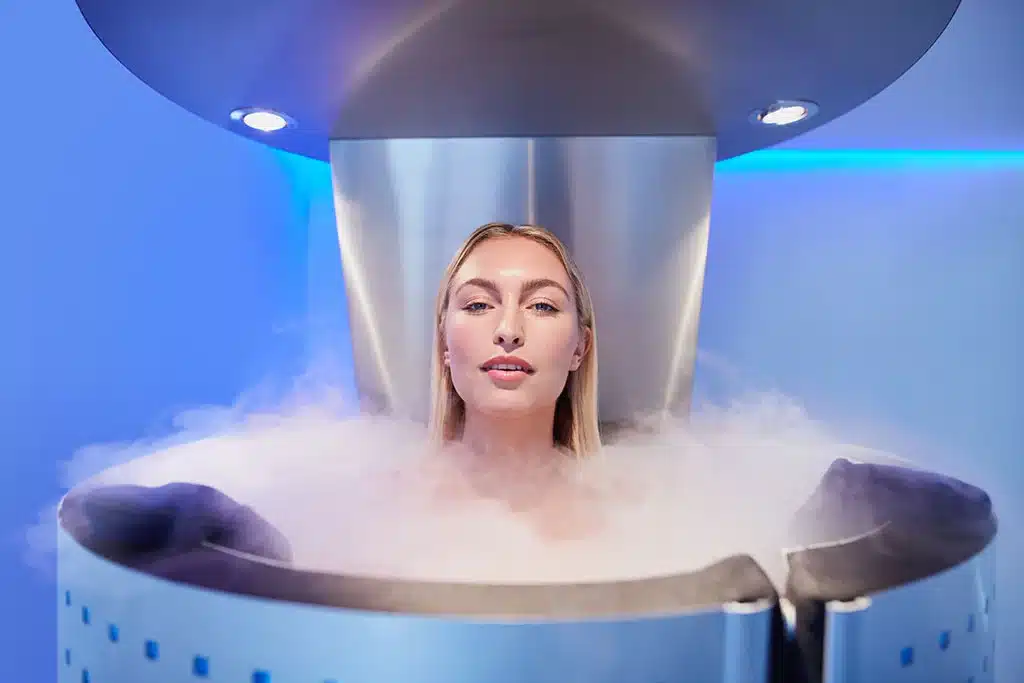
Cryotherapy: the extreme of cold
Whole-body cryotherapy uses air at temperatures between -110 and -140 °C for some 2-3 minutes. Its effect is similar to the cold bath, but the scientific evidence to support its alleged benefits is weaker.
In addition, extreme exposure requires certified equipment and professional supervision to avoid risks such as frostbite or cardiovascular decompensation.
In practice, properly applied cold water is just as effective - and safer - than cold water. than nitrogen cryotherapy, as well as being more affordable.
Heat: a classic with solid evidence
The sauna, on the other hand, is the thermal therapy with best scientific support.
Numerous studies in Finland have shown that regular sauna use (3-7 times per week) is associated with a reduced risk of cardiovascular disease, dementia and overall mortality.
Ideal temperature: on 80 and 100 °C.
Duration: 10 to 20 minutes per session.
Main effects:
- Vasodilation and improved circulation.
- Muscular and mental relaxation.
- Reduction of blood pressure and stress.
- Enhancing sleep quality.
Contraindications: advanced heart failure, severe hypotension, dehydration, pregnancy or recent alcohol consumption.
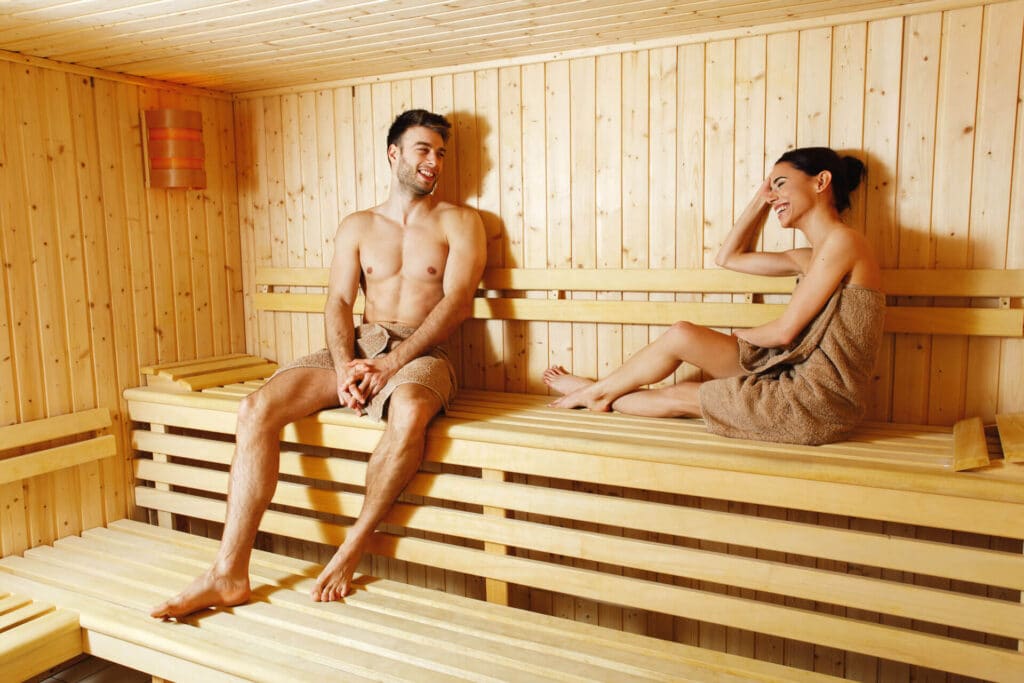
Thermal contrast: heat and cold in equilibrium
The call contrast therapy (alternating sauna and cold bath) combines the effects of vasodilatation and vasoconstriction, generating vascular gymnastics that can enhance recovery and the feeling of energy.
The most common protocol is sauna (10-15 min) followed by cold plunge (1-3 min at 10-15 °C).
But attention: is not recommended for people with hypertension, heart problems or extreme sensitivity to temperature changes. For the rest, it can be a stimulating way to activate the circulatory system and relax body and mind.
When to choose hot or cold
| Target | Cold (ice bath) | Heat (sauna or hot bath) |
| Acute muscle pain | ✅ Yes | ⚪ Less effective |
| Relaxation and mental well-being | ⚪ It can help | ✅ Yes |
| Cardiovascular health | ⚪ Limited evidence | Strong evidence |
| Recovery after intense training | ✅ In sportsmen and women | ⚪ Optional |
| Recovery after moderate exercise | ⚪ Not necessary | ✅ Best option |
| Stress and sleep | ⚪ Stimulating | ✅ Relaxing |
Psychology matters
The ice bath has a mental component: it can generate euphoria, focus and a sense of achievement. But if you experience it as torture, the stress it produces negates its potential benefit.
Well-being does not arise from punishment, but from conscious pleasure and the balance between stimulation and enjoyment.
If you like it and do it safely, cold bathing can be revitalising.
If you do it with suffering, it only adds unnecessary stress.
Cold and heat are two sides of the same coin: both can stimulate recovery and health if applied sensibly.
The heat offers stronger and more sustainable benefits; the cold is a timely resource useful for athletes or as a physical and mental resilience practice.
For most people, rest is still the smartest and least painful therapy.
